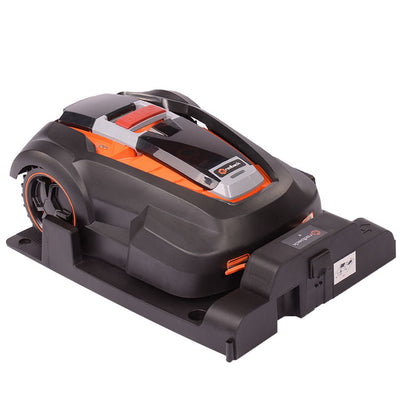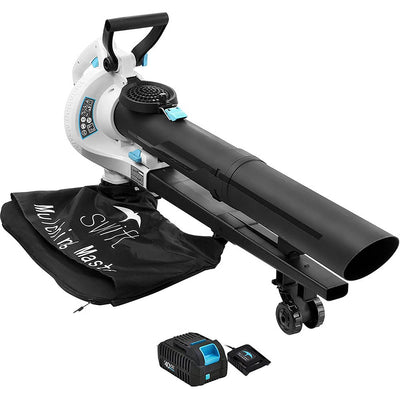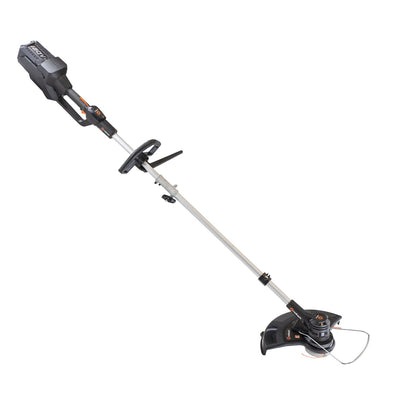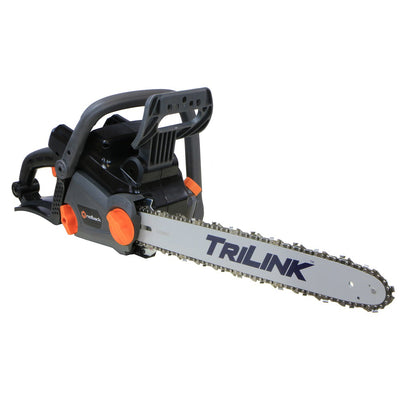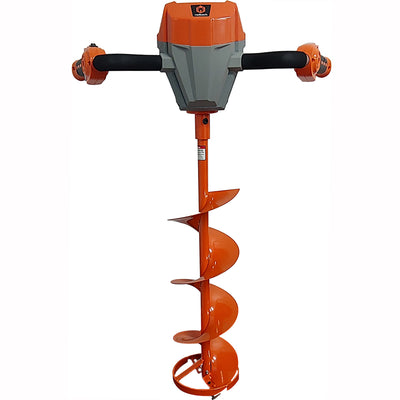Spring Lawn Care Tips
Spring is the season to get your lawn in great shape and ready for summer. The lawn chores are not that hard, but they play a vital role in ensuring a fresh-looking, healthy lawn for the summer months. Your grass will be in prime condition if it is taken care of with correct spring lawn maintenance.

The following spring lawn care tips will ensure your lawn is healthy this spring and summer.
Tune Up Your Lawn Mower
The first vital step in lawn care tips is tuning up your mower. Because you will be mowing more often than ever during the spring season, a prepared lawn mower will help keep your lawn healthy. The tune-up will get the mower ready to start working whenever Spring arrives.
Remove Debris Left Over from Winter
Your lawn preparation during the fall may be intense, but winter can ruin it all. After the cold season, your lawn may be filled with sticks, weeds, leaves, and other debris covered by snow until Spring. Taking time to clean off the lawn before starting the spring lawn care will make treating and maintaining the grass easy.
Aerate Your Lawn
After hiding under heavy snow in winter, there may be spots with heavy traffic on your grass. This can cause soil compaction, and aeration will open the turf. It will allow air and water to get on the roots of the grass and into the soil. This step is not required but vital to evaluate your lawn to ensure no compacted spots.
Lawn Over-Seeding
Bare patches on your lawn are inevitable, and these can make your lawn look unappealing. If this happens, you need to start over-seeding. Put grass seed to help grow new patches where the lawn died and apply a slow-release nitrogen fertilizer or starter fertilizer. Keep your new seeds moist until they have sprouted and are actively growing.
Assess The Soil
After the long and cold winter, it is essential to figure out your soil needs for healthy grass growth. Your lawn care should start with soil care. It includes soil PH testing to determine how acidic the soil may be. Grasses thrive in neutral PH, and it will be hard if the soil falls out of that range. After assessing your soil, it's time to add treatment depending on what it needs to have healthy grasses.
Enact Weed Prevention
Pre-emergent weed control is best used during the Spring. It is designed to apply before the unwanted weed germinates and effectively controls annual grassy weeds. While you can do some prevention on your own, professionals can prevent crabgrass and other grassy weeds. Bed weed maintenance is also a weed prevention method to help your lawn.
Lawn Disease Prevention
If your lawn develops dead patches, this is a sign of lawn disease. Proper lawn disease prevention will help rejuvenate the affected yard.
Mow and Grass-Cycle
Mow your lawn regularly when the spring grass begins to grow. Grass-cycling is the process of leaving the grass clippings to recycle grass elements back to the soil. This cycle will help your lawn retain more water and give your yard a boost during the spring season. The easier and more effective way is to use a robot mower. You can program it to cut the grass regularly, and it leaves the grass clippings on the lawn.
Fertilize
Fertilize your lawn during the Spring season to help it stay lush and thick. The application and type of fertilizer depend on where you live and the growing conditions.
Check and Balance the Soil pH
The key to a healthier and stronger root system is soil enrichment. This process improves soil water retention and root penetration. It can also reduce damaging salts from the root zone and improve soil aeration.
Watch the Thatch Level
The grass can't access vital nutrients and water when the soil is impacted over time. The soil can also accumulate thatch, a combination of dead and living plant matter. A tiny thatch may be beneficial but can cause root problems when excessive.
Water Your Lawn
There is plenty of moisture during the spring season. But, even when the newly planted grass seeds need watering, no more than one inch per week is recommended. Over-watering can encourage weed germination and shallow roots. Only water the lawn when it begins to show signs of drought stress.
Spring is also a great time to search for nutrients and water. This process will encourage the roots to go deeper as preparation for summer. If it rains a lot in your area, avoid turning on the sprinkler system until the weather warms up.
The spring lawn care tips will help you achieve a beautiful, summer-ready lawn that everyone can enjoy.


